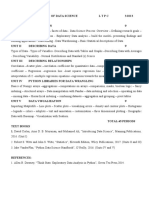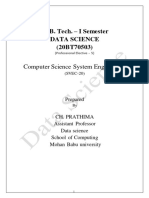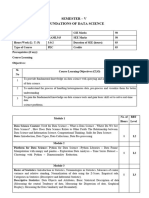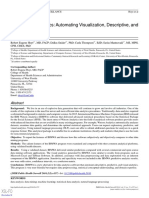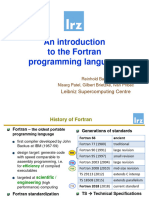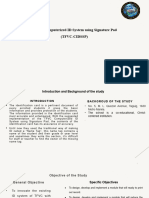0% found this document useful (0 votes)
7 views3 pagesFds Syllabus Syllabus
Uploaded by
E19CSR080 PAVITHRA SCopyright
© © All Rights Reserved
We take content rights seriously. If you suspect this is your content, claim it here.
Available Formats
Download as DOCX, PDF, TXT or read online on Scribd
0% found this document useful (0 votes)
7 views3 pagesFds Syllabus Syllabus
Uploaded by
E19CSR080 PAVITHRA SCopyright
© © All Rights Reserved
We take content rights seriously. If you suspect this is your content, claim it here.
Available Formats
Download as DOCX, PDF, TXT or read online on Scribd
/ 3













